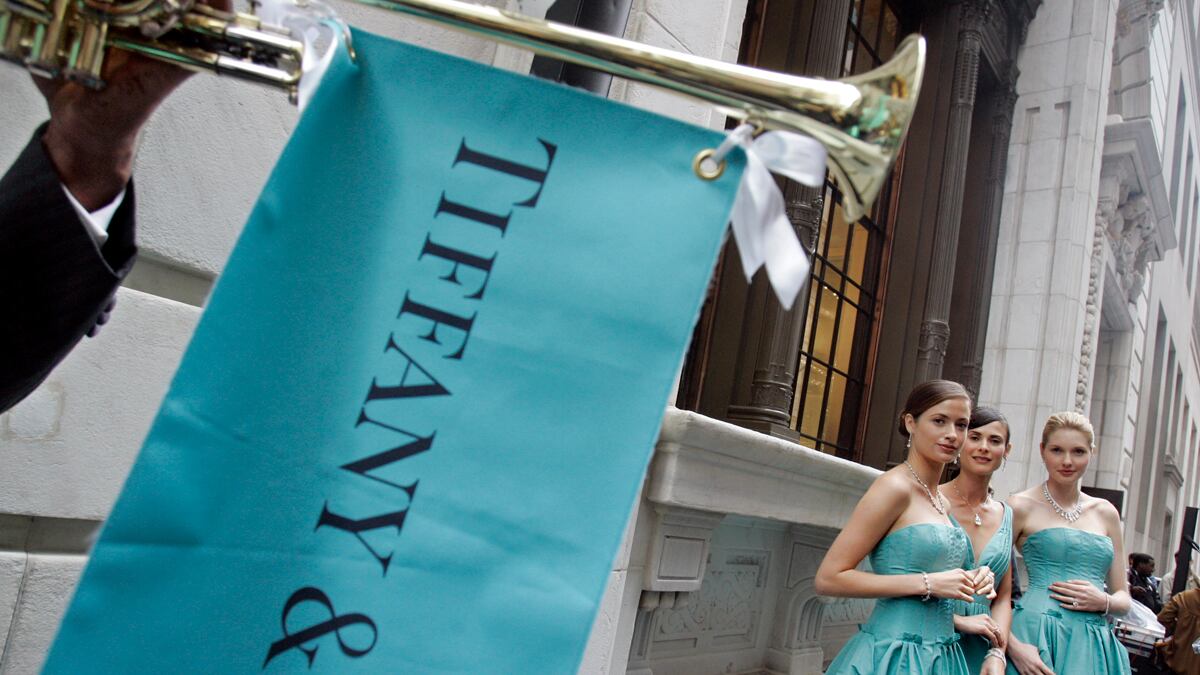Posh jeweler Tiffany and Co. provides a useful benchmark for the fate of the global 1 percent. With more than 250 stores, and only half of its sales in North America, Tiffany’s earnings let us know how the international elite are feeling about the occasional splurge on something expensive and shiny. The company’s second-quarter results, released Monday, indicate that rich the folks around the world are falling out of love with bling—with two notable exceptions.

Total sales were up only 2 percent compared with last year’s second quarter, and what growth did occur was due only to opening new stores. Same-store sales were down 3 percent. In the U.S., same-store sales fell 5 percent. But at Tiffany’s flagship store, the fortress on the gilded corner of 57th Street and Fifth Avenue in Manhattan that attracts tourists, bankers, and high rollers, sales were off 9 percent. These results represent a significant reversal from the recent trend. In the second quarter of 2011, sales at the New York flagship were up a whopping 41 percent from the year before.
Sure, China continues to grow rich. But total sales in the Asia-Pacific segment, which includes Hong Kong and China, were up only 1 percent, while same-store sales were off 7 percent in the quarter. Like in the U.S., these meager sales follow massive growth from last year. Between the second quarter of 2010 and the second quarter of 2011, same-store sales in the Asia-Pacific region were up 41 percent.
ADVERTISEMENT
Tiffany has long been huge in Japan, home to 55 of the company’s 260 stores and 17 percent of its total sales. In the second quarter, Japan was a rare bright spot. Same-store sales were up 11 percent, although that likely reflects the fact that sales last year were seriously depressed by the tsunami and its aftereffects.
New store openings also provide an insight to where the high spenders are in a low-growth world economy. Tiffany opened nine stores in the second quarter—stores in Shanghai and Nanjing, China; one in Mexico; and another in Nice, France. But it opened five alone in the United Arab Emirates. Even as energy prices have come off recent highs, there is still plenty of money flowing into Gulf and plenty of oil flowing out.
While Persian Gulf magnates have yet to rein in their spending, Tiffany is anticipating that splurging will be less likely around the world. Tiffany lowered its earnings expectations for the year by a few percentage points.





